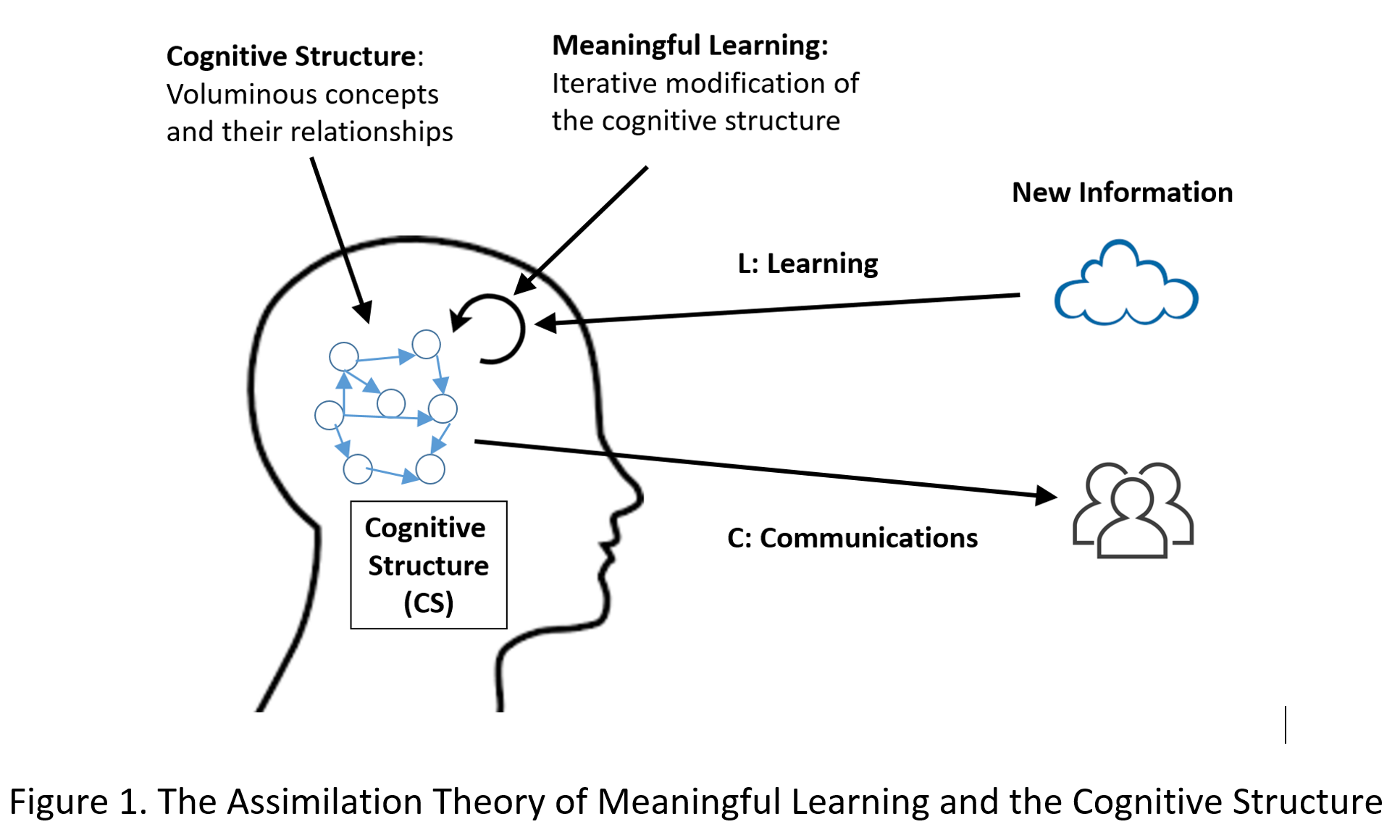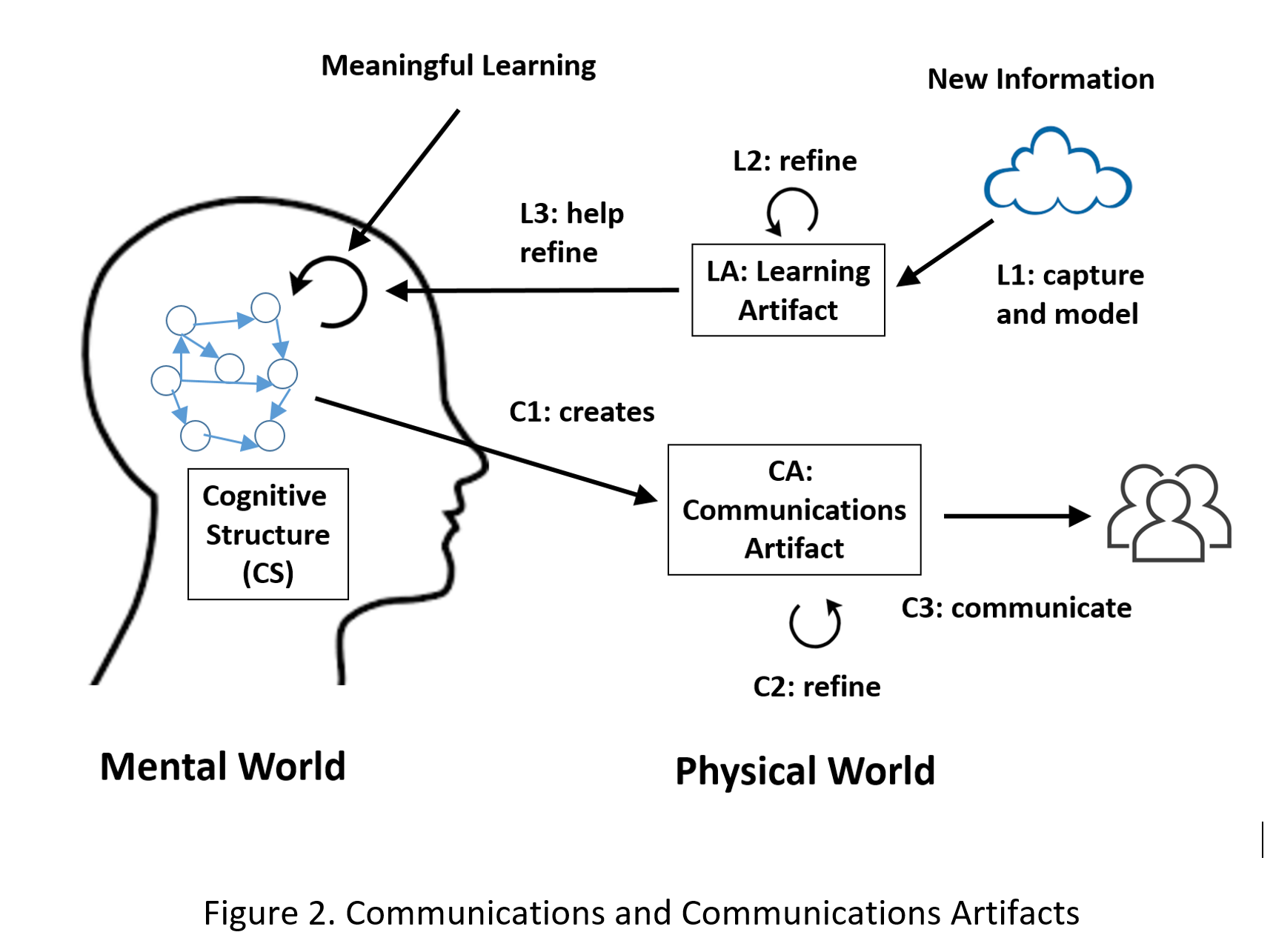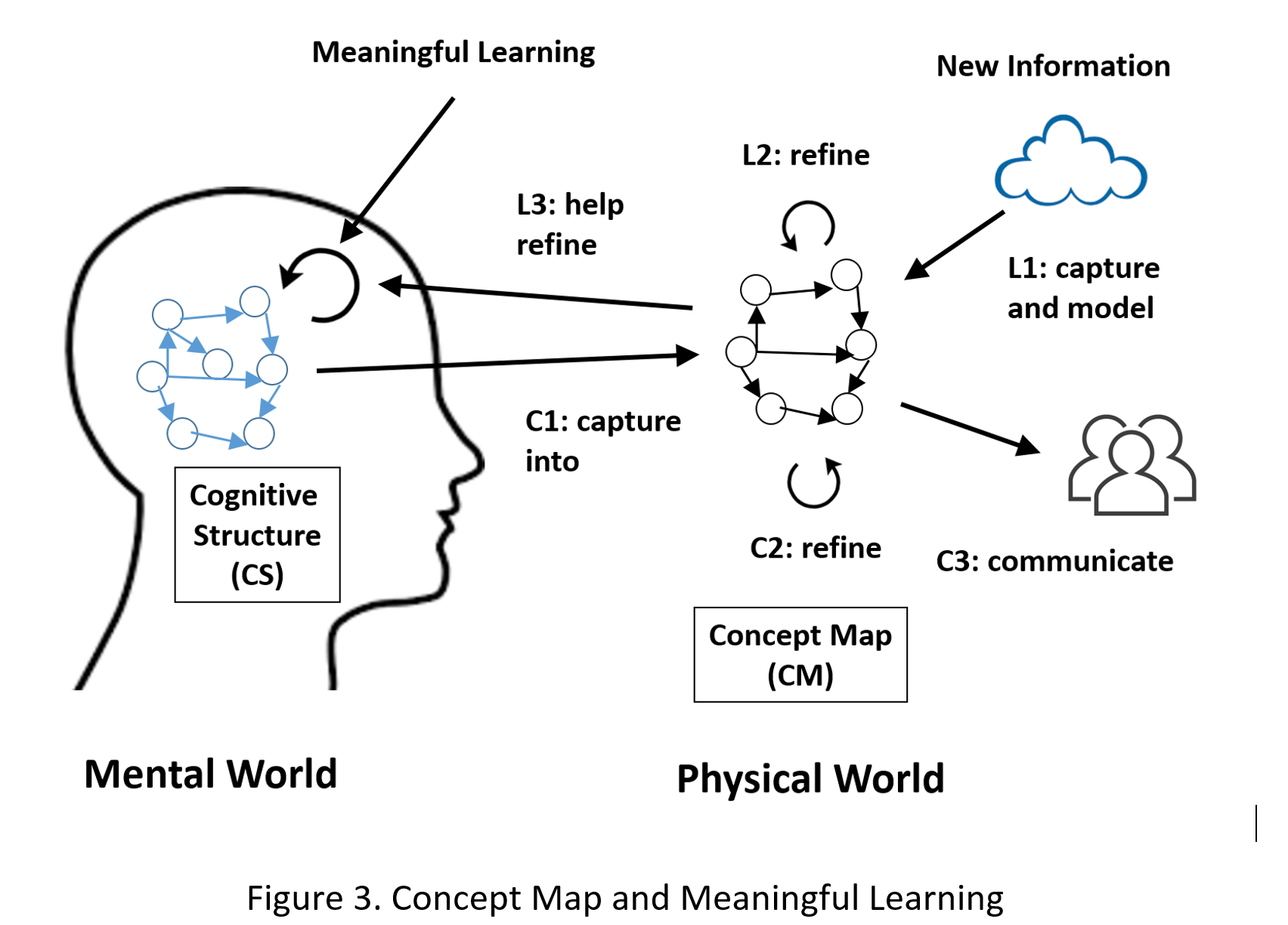Concept Map
by K. Yue
1. Introduction
- Concept map is a graphical tool for learning, organizing and representing knowledge.
- It is a very simple and flexible tool, especially suitable for high level thinking.
- Concepts: nodes with labels.
- Relationships between concepts (Propositions): edges (with labels) between concept nodes.
- Some resources:
- Joseph D. Novak & Alberto J. Cañas, The Theory Underlying Concept Maps and How to Construct and Use Them.
- There are many advice, suggestions, best practices, examples, etc. of concept maps in the Web.
- You don't need to remember them all. They are also not always the most suitable for a give situation.
- Instead, starting using concept maps on your favorite topics. You will learn along the way.
- In general, some activities involved in constructing a concept map:
- Identify the focus question, if possible
- Identify the concepts with labels
- Identify the relationships: participating concepts, labels and directions
- Refine, correct, and improve
- A relational DB/ER example in concept maps.
3. Why Concept Map?
The following figures explain the unique attractive feature of concept maps. Will be discussed in the class more.



3. CMAP
- A free tool for drawing concept map from the good folks of the Florida Institute for Human & Machine Cognition (IHMC).
- Download and install "CMAP Tools" from the site: https://cmap.ihmc.us/. There are good tutorial videos there and at YouTube.
Exercise:
Use CMAP to draw a concept map of a topic selected in the class.



